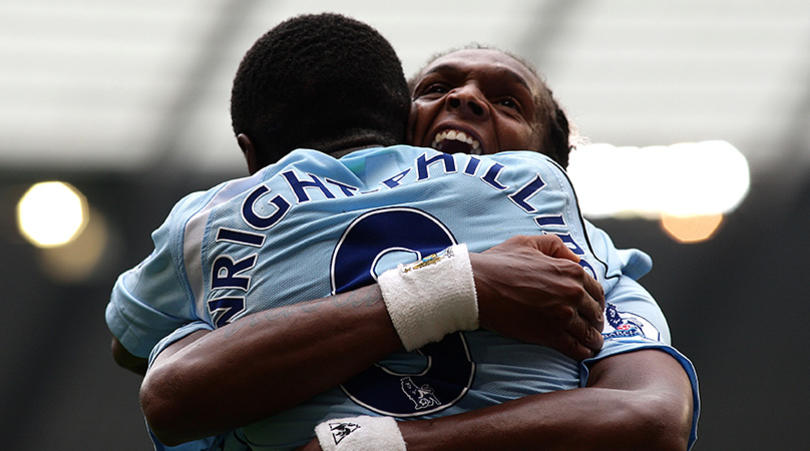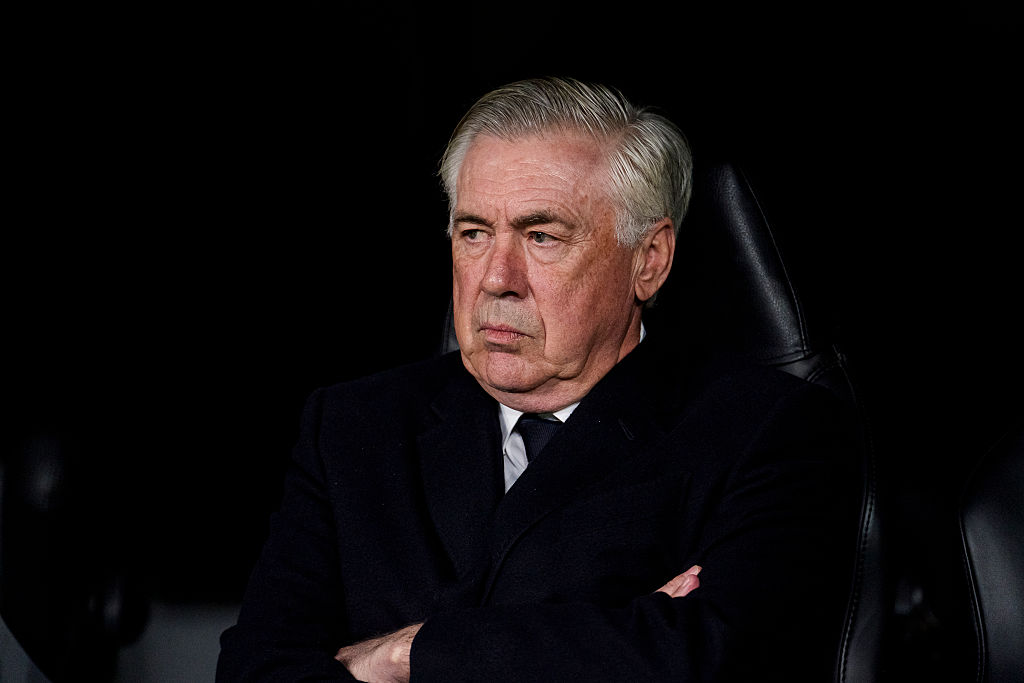10 players who joined Real Madrid – and regretted what they wished for
Eden Hazard, beware. Plenty of other players have pushed for a move to the Bernabeu, only to discover it wasn’t all it was cracked up to be...
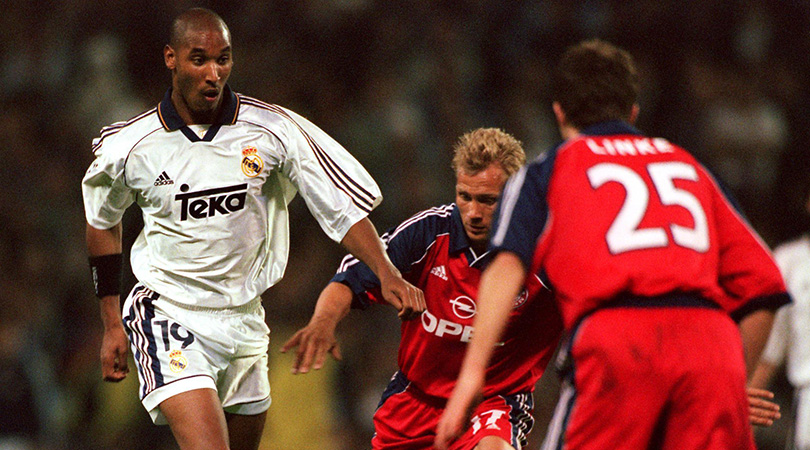
Mateo Kovacic (€29m, 2015)
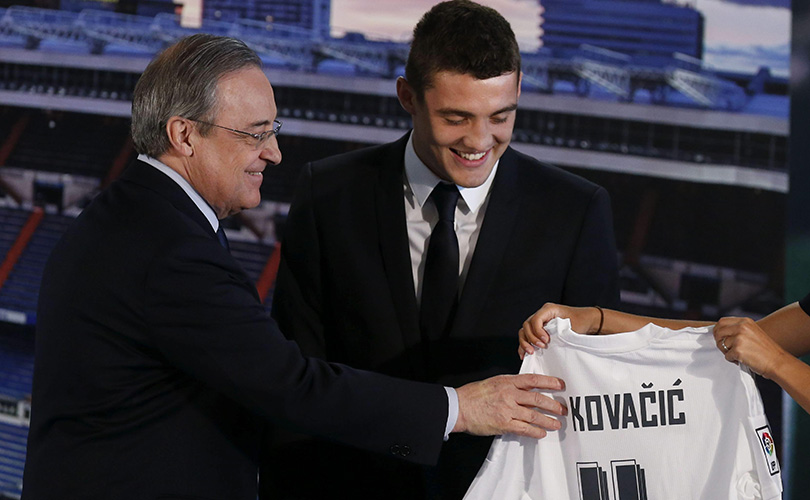
Hazard only needs to look across the Chelsea dressing room for a cautionary tale. Kovacic, the dynamic midfielder who’s keeping Cesc Fabregas, Ross Barkley and Ruben Loftus-Cheek out of the Blues’ best XI, joined Real in 2015 after two successful years with Inter Milan.
SEE ALSO Ruben Loftus-Cheek’s road is running out at Chelsea – and reaching an inevitable conclusion
At first, the Croatian’s versatility earned him sporadic starts in various positions under Rafa Benitez. But when Zinedine Zidane took over and decided not to tinker with the starting line-up, Kovacic was never going to oust Luka Modric, Toni Kroos and Casemiro from the midfield. (It's been a similar story with his national team too, where he has Modric, Ivan Rakitic and Milan Badelj for competition.)
After 37 league starts in three seasons, he was shipped out on loan to Chelsea.
Michael Owen (€12m + Antonio Nunez, 2004)
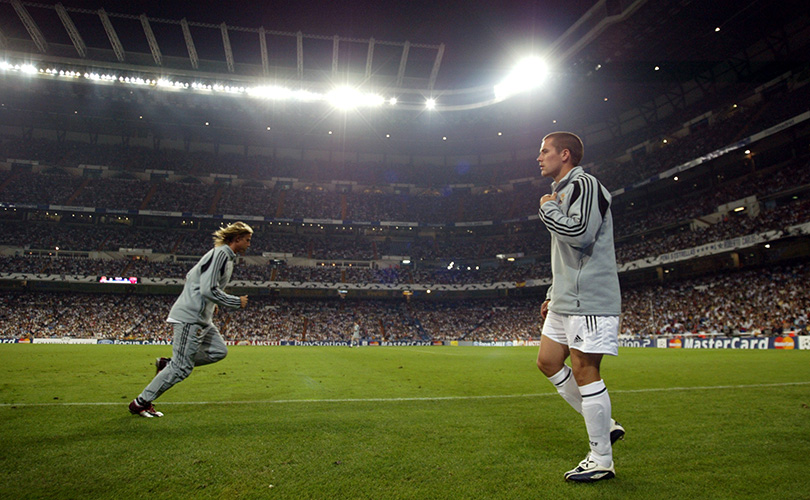
Owen was the main man at Liverpool, having netted between 16 and 19 league goals in six of his seven full seasons at Anfield. Frustrated at the Merseysiders’ failure to challenge for the title, however, he joined Madrid in 2004 for a cut-price fee.
Get FourFourTwo Newsletter
The best features, fun and footballing quizzes, straight to your inbox every week.
Aged 24, Owen had 142 goals to his name for club and country in just over seven seasons. But this was the turning point in his career: after the striker’s move to Spain, which lasted just one year, he managed only 64 more in the next eight seasons leading up to his retirement at Stoke in 2013.
By the time he left Anfield, Owen only had Emile Heskey, Milan Baros, El Hadji Diouf and Florent Sinama Pongolle vying for a place. At the Bernabeu, however, he had to get past Ronaldo and Raul just to get into the team. Owen still managed 26 starts in all competitions and scored 17 times, but Madrid shelled out €25m on Robinho the following summer and Owen was sent back to England with Newcastle.
Nicolas Anelka (€35m, 1999)

Before he went on his world tour of clubs, Anelka signed for Madrid in 1999 after two successful years breaking through at Arsenal. Fast, direct and powerful, but also temperamental; for Real, Anelka scored against Barcelona in a 3-0 Clasico triumph and twice against Bayern Munich in the Champions League semi-finals – one in each leg.
However, this was no great success story: the Frenchman also got himself suspended for 45 days after falling out with coach Vicente del Bosque, and later claimed that certain Madrid players didn’t like him because he took Raul’s place in the side.
After just one season – albeit one that culminated in him lifting the Champions League trophy – Anelka moved on to first club PSG, where he again fell out with the coach (this time Luis Fernandez). He went on to play for nine more teams (12 altogether) in the 15 years that followed.
Antonio Cassano (€5m, 2006)
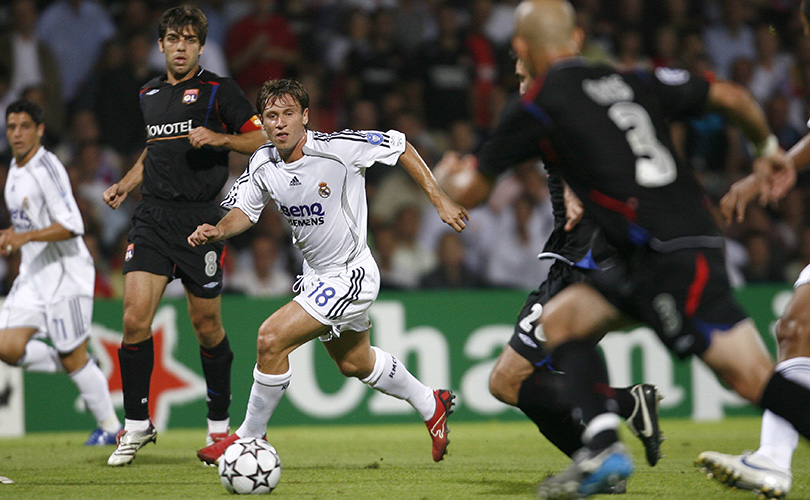
Cassano played 19 times for Madrid after moving from Roma in 2006. The Italian maverick scored four goals, got himself suspended for disrespecting manager Fabio Capello (who he’d also fallen out with at Roma), announced on air that he’d walk back to Italy to join Roma, got injured and ended up being loaned back to Italy with Sampdoria one year later.
No one was very happy – well, unless you count one particular member of hotel staff who was presumably tipped very well for his services.
“In Madrid I had a friend who was a hotel waiter,” Cassano recalled in his autobiography, Telling Everything. “His job was to bring me three or four pastries after I had sex. He would bring the pastries up the stairs, I would escort the woman to him and we would make an exchange: he would take the girl and I would take the pastries. Sex and then fold – a perfect night.”
Danilo (€31.5m, 2015)
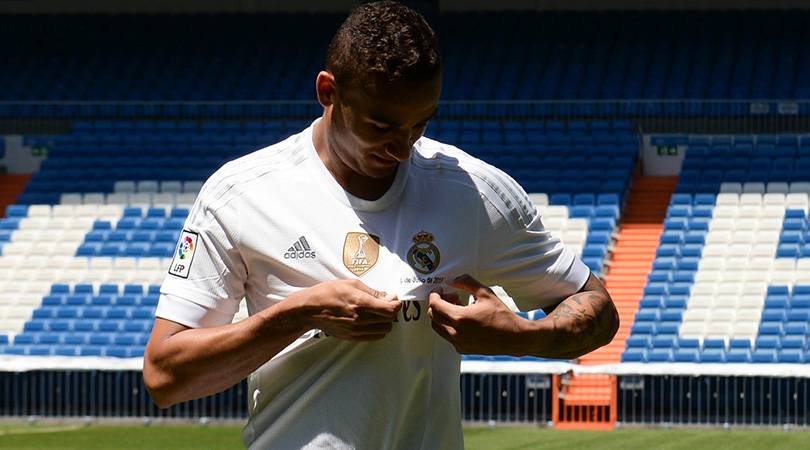
The Brazilian came to Madrid from Porto in 2015 with a burgeoning reputation, but didn’t do much except fill in for Dani Carvajal when the first-choice right-back was injured. Not so much regret, then, but perhaps disappointment that he's not still there winning the Champions League.
Danilo has since said that he found the intense scrutiny of his Madrid performances difficult to handle, but admitted that he still missed the Spanish capital. “I had two incredible years winning important things and the people always treated me really well, but you have to turn the page,” the 27-year-old said.
In 2017, Danilo joined Manchester City, where he has spent most of his time as understudy to Kyle Walker and Benjamin Mendy.
Didi (1959)
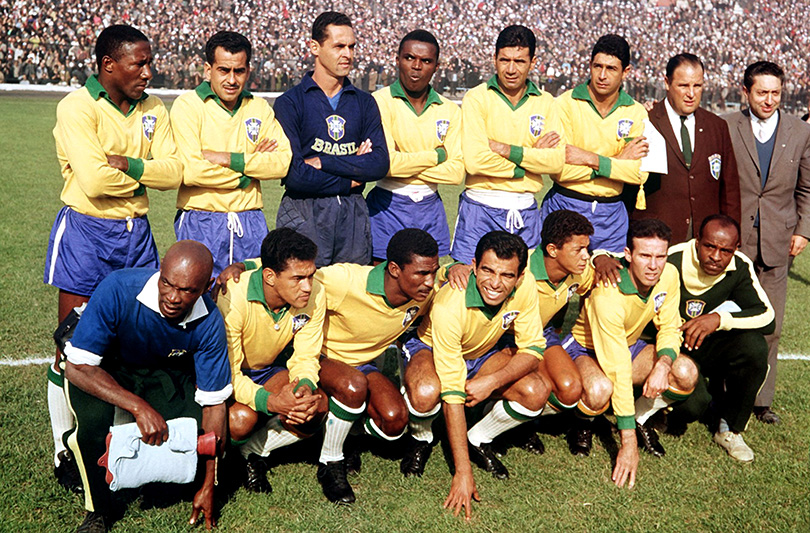
(Front row, third from left)
Didi was the reigning World Cup-winning captain when he reported for duty with Real Madrid for the 1959/60 season. In the Brazil team which had triumphed in Sweden the previous year, he was the leader, midfield mastermind and focal point of the side who was used to having his team built around him.
Back then, though, Real Madrid already had its alpha male – Argentine superstar Alfredo Di Stefano, who was none too pleased when Didi was unveiled to fans as “the world’s greatest player” and his eventual successor. Ferenc Puskas and Raymond Kopa were also in that Madrid team, so when the free-kick king struggled to adapt to the faster Spanish game and a team that was based around Di Stefano, he was loaned to Valencia and then back to his Brazilian club, Botafago.
Simply, Didi hated the football in Spain. “Human intelligence and reasoning ability divides us from the animals, so what is a football player who depends solely on his physical strength?” he later pondered.
He had the last laugh, though, winning the World Cup again in 1962. Di Stefano never played in the finals; Argentina didn’t enter the 1954 and 1958 competitions, and by ‘62 he had obtained Spanish citizenship. He helped Spain qualify for the finals but got injured and missed the tournament.
Jonathan Woodgate (€20m, 2004)
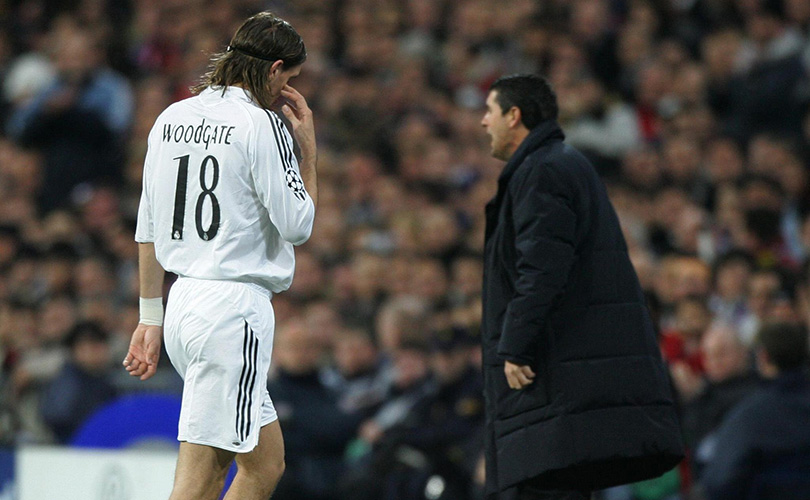
Woodgate was so promising that he was called up for England aged 19. At Leeds, he challenged the likes of Rio Ferdinand and Lucas Radebe for a place in the starting line-up. And later, at Newcastle, he was so impressive in European games that Real Madrid signed him alongside Owen in 2004.
But Woodgate was injury-prone as well as talented. He only managed nine starts in three years at the Bernabeu, and none at all in the first season. He finally played his first game against Athletic Bilbao in September 2005, but scored an own goal and was sent off.
In 2007, Woodgate was voted the worst buy of the century by Marca readers and sent back home to Middlesbrough for £7m after a successful loan stint back at his boyhood club in 2006/07.
Kaka (€67m, 2009)

SEE ALSO Why Kaka didn't join Manchester City in 2009 – in his own words: "The situation messed me up..."
Madrid broke the world transfer record to bring in Kaka from Milan in 2009. He was 27 and at the peak of his powers; a Champions League, Ballon d’Or and World Player of the Year winner.
Unfortunately, however, injuries scuppered the Brazilian’s chances of continuing his upward trajectory and delivering serious silverware to the Bernabeu – he was out for eight months in 2010, and suffered from subsequent, less serious niggles. The arrival of Mesut Ozil didn’t help either.
Kaka was the star and idol of Milan, but just another galactico in Madrid. He felt he wasn’t wanted, struggled to convince Jose Mourinho that he was fit enough to play, and eventually returned to Milan in 2013 with one Liga trophy and 29 goals from 120 games for Real. Decent enough, but nothing like the return his talent demanded.
Agne Simonsson (1960)
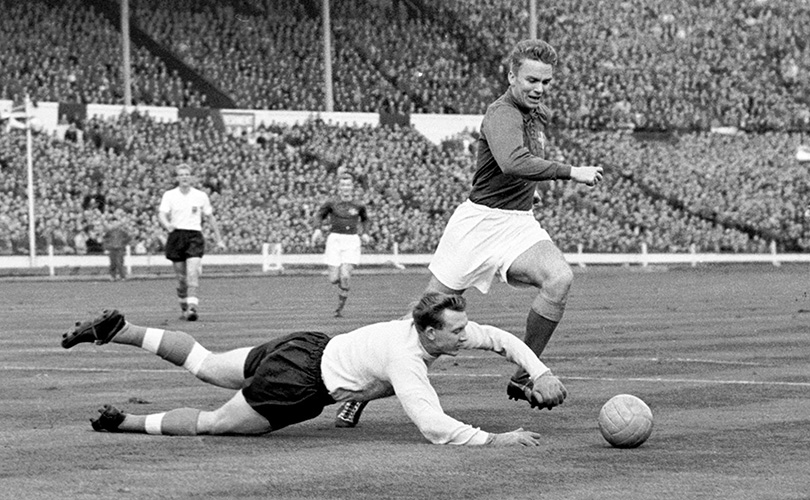
Swedish forward Simonsson was another star of the 1958 World Cup who fell foul of Di Stefano at Real Madrid. The 23-year-old was bought in 1960 to play up front, with the ageing Di Stefano assigned a deeper role.
The Blond Arrow, who still saw himself as the team’s best striker and best midfield player, wasn’t having any of it. He often took up positions further forward, undermining Simonsson’s position in the team. The Swede played only three times for Real, was loaned out to Real Sociedad, and then in 1963 went back to his home club in Sweden, Orgryte.
Walter Samuel (€25m, 2004)
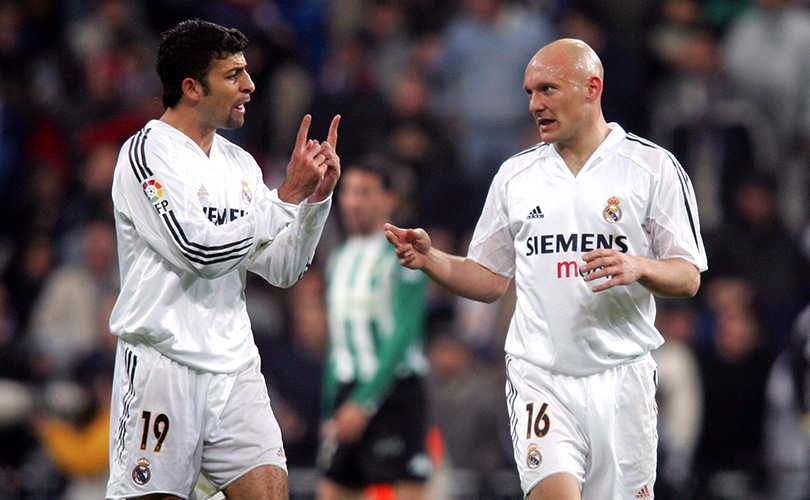
For the best part of seven years, Samuel had been a defensive rock in Argentina and Italy. Given a nickname of ‘the Wall’, the Argentine was as solid and ruthless a centre-back as there was in world football.
But in one season for Real Madrid, that ill-fated 2004/05 in which all four summer arrivals suffered, he struggled for form as los Blancos crashed out of the Champions League in the last 16 and finished second in La Liga to Barcelona.
Samuel was subsequently sold to Inter Milan, where his form and reputation were restored. At San Siro, however, he played behind solid midfielders like Esteban Cambiasso, Patrick Vieira and Thiago Motta, and alongside strong, steely full-backs like Javier Zanetti and Cristian Chivu. At Madrid during the galacticos era, full-backs Michel Salgado and Roberto Carlos were all but wingers, and the only remotely defensive-minded midfielder was Thomas Gravesen. Figures.
